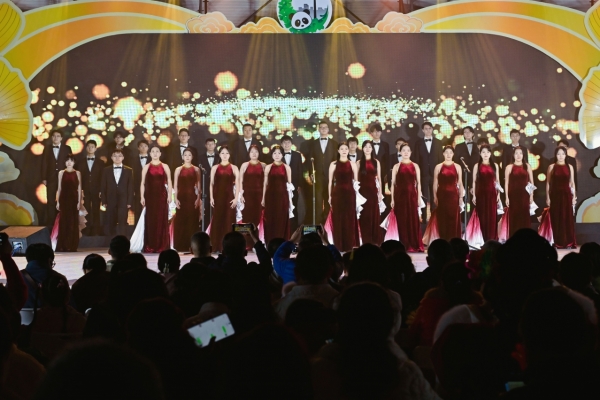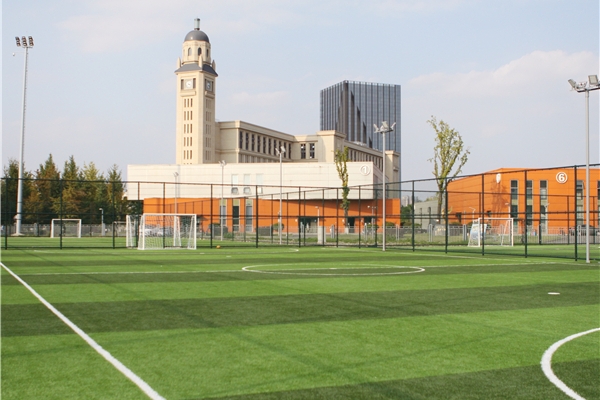即可将网页分享至朋友圈
报告题目:FTV to Revolutionize 3D Viewing
报告人:Prof. Masayuki Tanimoto(谷本正幸)Nagoya Industrial Science Research Institute
时 间:2015年7月15日(周三)下午14:30
地 点:清水河校区主楼C1-216会议室
报告内容:
Television has made great progress since it realized a human dream to see a distant world without actually going there in the last century. 4k/8k UHDTV (Ultra High-Definition Television) enables users to view a scene at very high resolution. However, it transmits only a single view and users cannot change the viewpoints. Although 3DTV transmits 2 or more views, the view range is narrow and users often feel eye fatigue. Thus, television is still far away from our viewing experience in the real world.
The next challenge for television is FTV (Free-viewpoint Television). FTV enables users to view a scene by freely changing the viewpoints as we do naturally in the real world. FTV is the ultimate 3DTV with an infinite number of views and ranks as the top of visual media. It provides very realistic glasses-free 3D viewing with wide view range. FTV will have a great impact on various fields of our life and society.
FTV has been realized by developing novel capture, processing and display technologies. MPEG has been developing various FTV standards since 2001. After the first phase and second phase of FTV, MPEG has started the third phase of FTV targeting super multiview and free navigation applications. Super multiview and free navigation applications of FTV will revolutionize the viewing of 3D scenes. Super multiview applications provide very realistic 3D viewing of the scene and free navigation applications provide walk-through or fly-through experience of the scene.
报告人简介:
Masayuki Tanimoto received the B.E., M.E., and Dr.E. degrees in electronic engineering from the University of Tokyo in 1970, 1972, and 1976, respectively. From 1994 to 1995, he stayed at Institute of Semiconductor Electronics, RWTH Aachen University, Germany. He joined Nagoya University in 1976. He was a Professor at Graduate School of Engineering, Nagoya University from 1991 to 2012. In 2012, he retired from Nagoya University and became an Emeritus Professor. Currently, he is a Senior Research Fellow at Nagoya Industrial Science Research Institute.
His research interests include image coding, image processing and 3D imaging and ITS. He developed TAT (Time-Axis Transform) system for HDTV compression. TAT system became one of the two candidates for HDTV satellite broadcast system in Japan. He also developed FTV (Free-viewpoint Television). FTV is the ultimate 3DTV that allows the users to see a 3D scene by freely changing the viewpoint. Since 2001, he has been promoting the standardization of FTV at MPEG. He was elevated to IEEE Fellow for contributions to the development of free-viewpoint television and its MPEG standard.
He was the president of the Institute of Image Information and Television Engineers (ITE). He is Honorary Member of the ITE, Fellow of the IEICE (Institute of Electronics, Information, and Communication Engineers) and IEEE Life Fellow. He received the ITE Distinguished Achievement and Contributions Award, the IEICE Achievement Award, and the Commendation for Science and Technology by the Minister of Education, Culture, Sports, Science, and Technology.
主办单位:
自动化工程学院、机器人研究中心
编辑:林坤 / 审核:罗莎 / 发布:一戈


